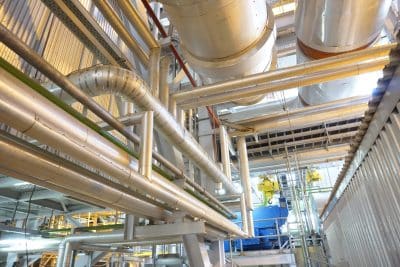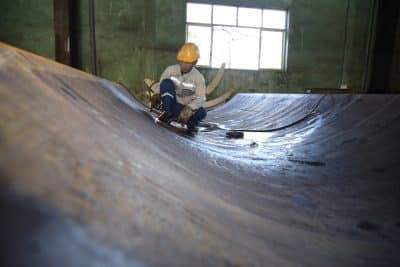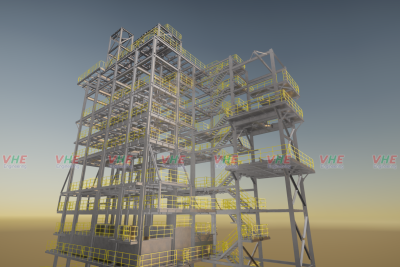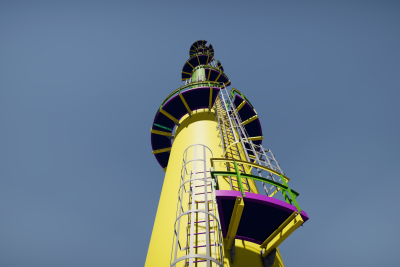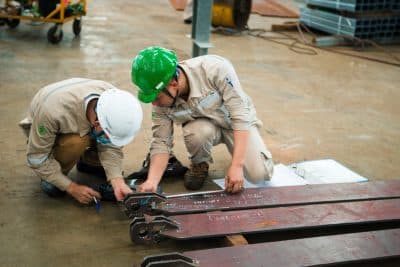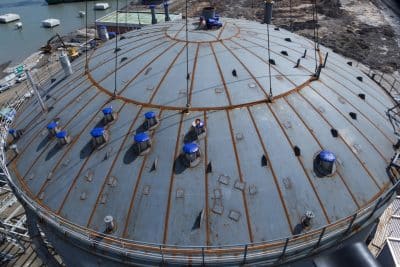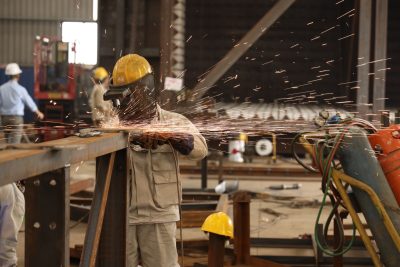Pressure equipment is essential in a range of industries such as chemical, oil and gas, power generation, food and beverage, pharmaceuticals, and others. These vessels are crafted to handle, move, and manage liquids, gases, or mixtures under high pressures. Because of their specific requirements, manufacturing pressure equipment requires strict compliance with technical standards and safety regulations.
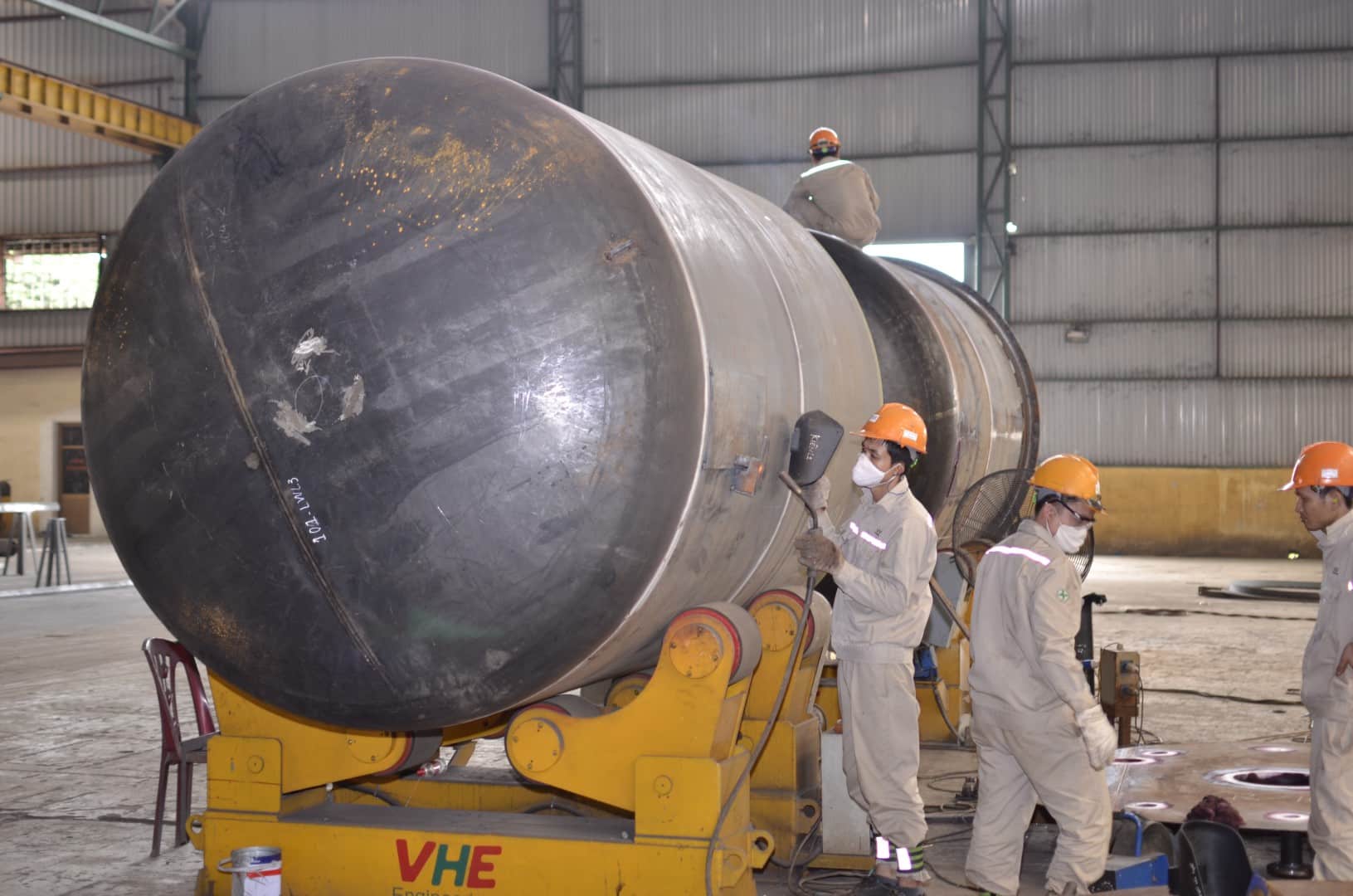
The Pressure Equipment Fabrication Process:
Selecting the right materials is crucial in the manufacturing of pressure equipment. The chosen material needs to have strong mechanical properties, ductility, and resistance to corrosion to endure the high pressures and temperatures in the operational setting. Typically, pressure equipment is constructed using materials such as carbon steel, stainless steel, aluminum alloys, and titanium alloys.

The design of pressure equipment needs to withstand loads and prevent deformation when subjected to high pressures. Hence, stress analysis is a critical phase in the process. Key steps in stress analysis involve:
- Identify all loads affecting the structure or component, such as gravity, impact, thermal, and pressure loads, and define boundary conditions.
- Choose a suitable analysis model according to the structure and loading circumstances.
- Input material properties of the components into the simulation software.
- Resolve the model, compute stresses, strains, and other relevant values at key locations within the structure.
- Evaluate the analysis outcomes against design standards and performance criteria. Adjust the design as needed to ensure compatibility.
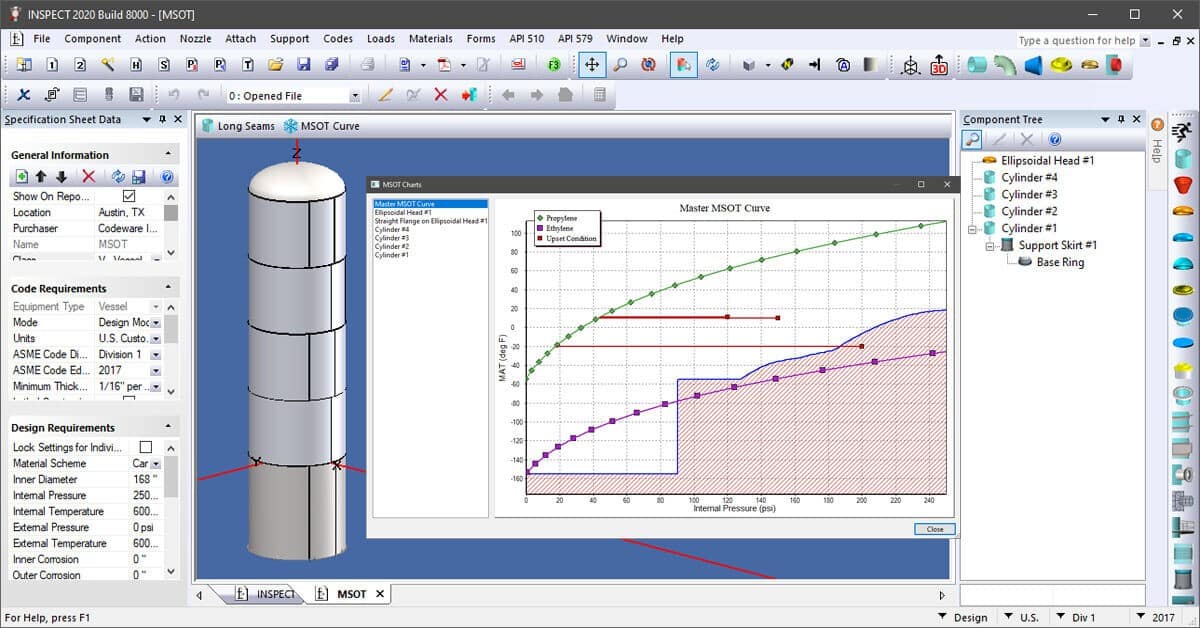
The stress analysis process may involve iterations to enhance the model and increase result accuracy. VHE’s design engineers have specific technical skills and are proficient in utilizing simulation software. We follow international pressure equipment design standards like ASME Boiler and Pressure Vessel Code (BPVC). Additional design factors encompass wall thickness, shape, size, and the positioning of joints, valves, and other elements.
The suitable fabrication method is chosen following the initial two steps. Typical methods include welding, drawing, pressing, among others. Skilled technicians meticulously execute the fabrication process at every phase. The final product guarantees equipment precision, safety, and efficiency.

Following fabrication, pressure equipment must undergo thorough inspection and testing to confirm compliance with quality and safety standards. Various methods are employed for inspection and testing, such as ultrasonic testing, radiographic testing, liquid penetrant testing, and hydrostatic pressure testing.
The fabrication process of pressure equipment is extensively documented, encompassing design drawings, fabrication procedures, inspection and testing outcomes, and other pertinent records. Technical documentation is crucial for the proper maintenance, repair, and operation of the equipment.
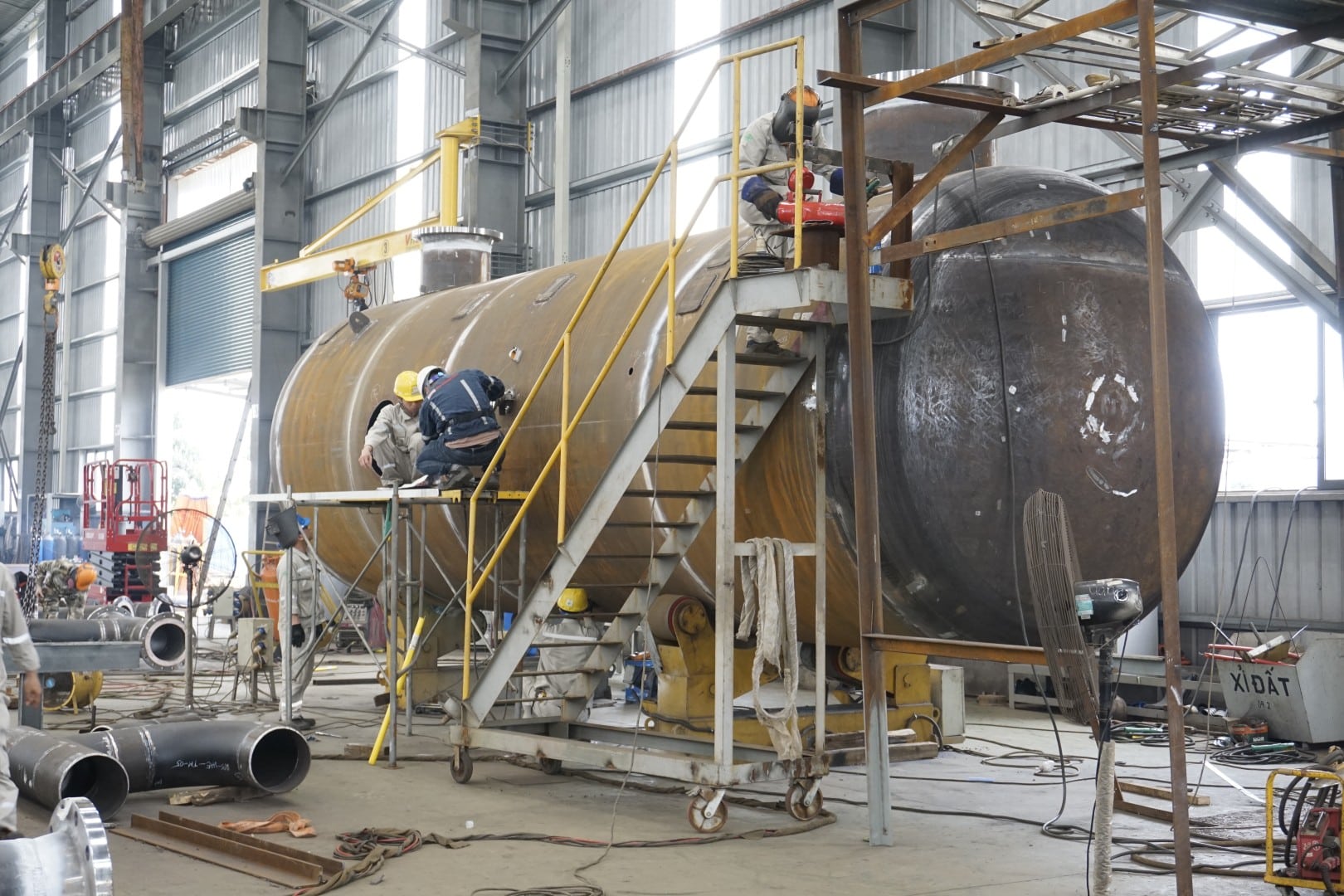
Pressure equipment fabrication stands as a specialized and intricate sector within the engineering field. Viet Han Engineering boasts a 16-year history of crafting equipment that guarantees effectiveness and durability. In addition to technical standards, we prioritize safety and occupational health protocols during the pressure equipment fabrication stages.






